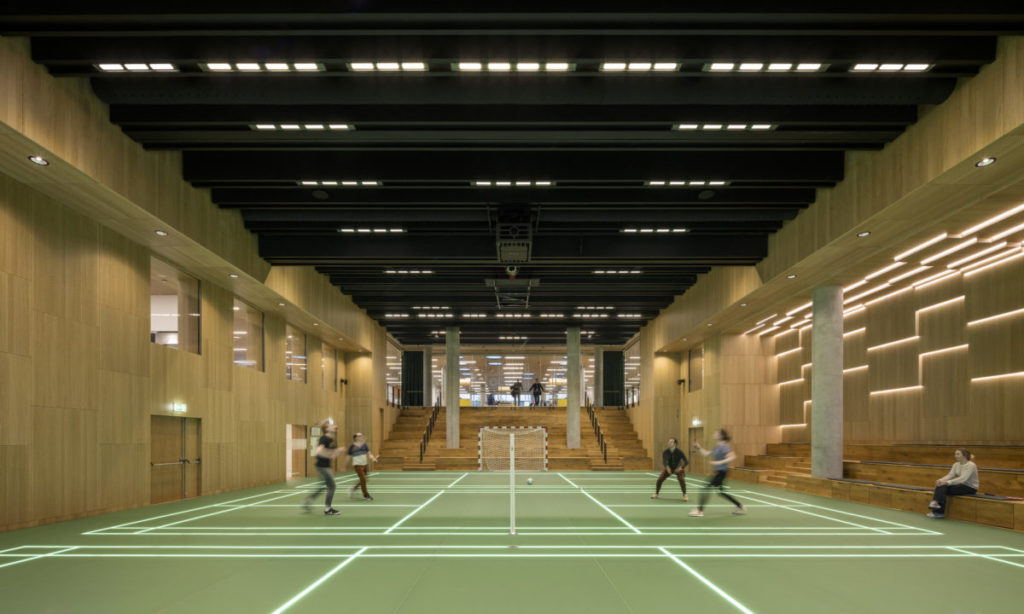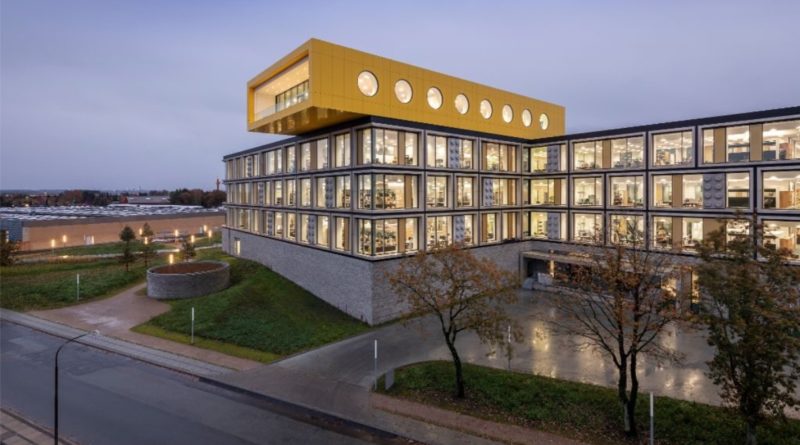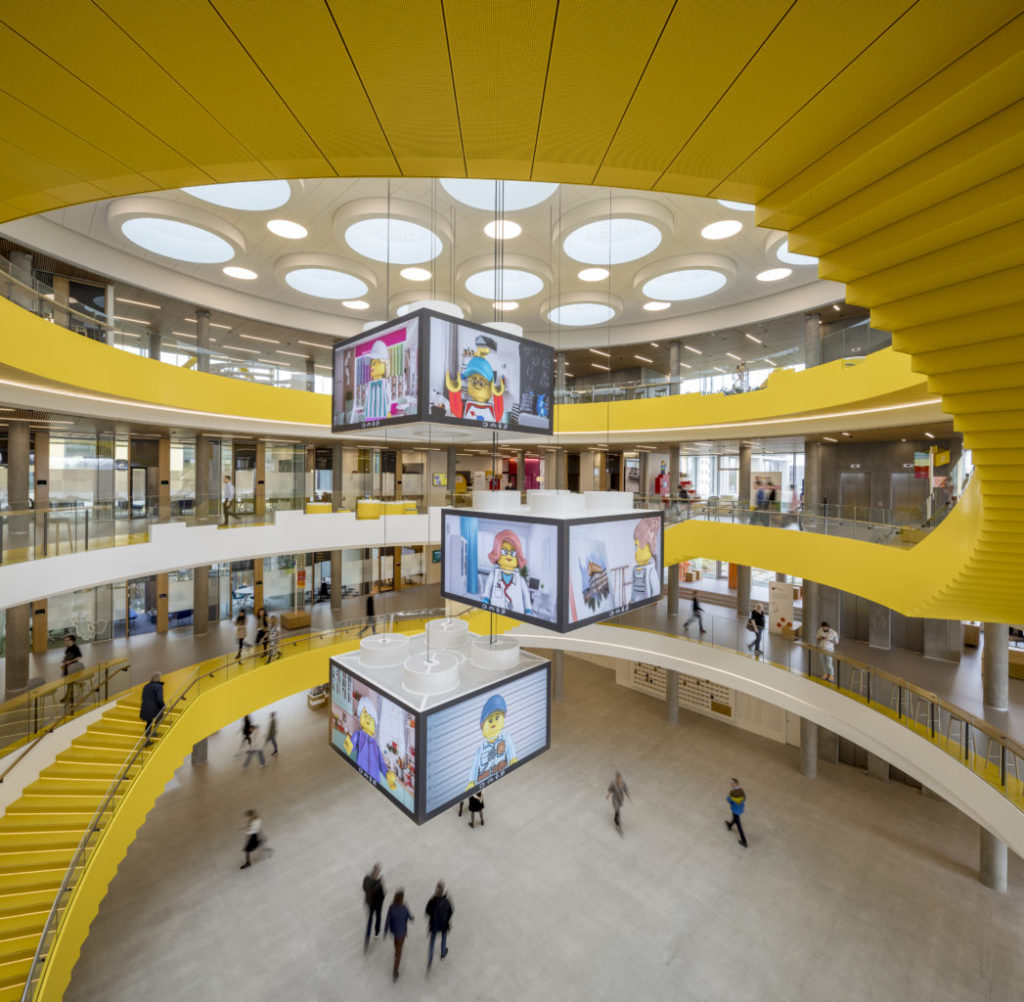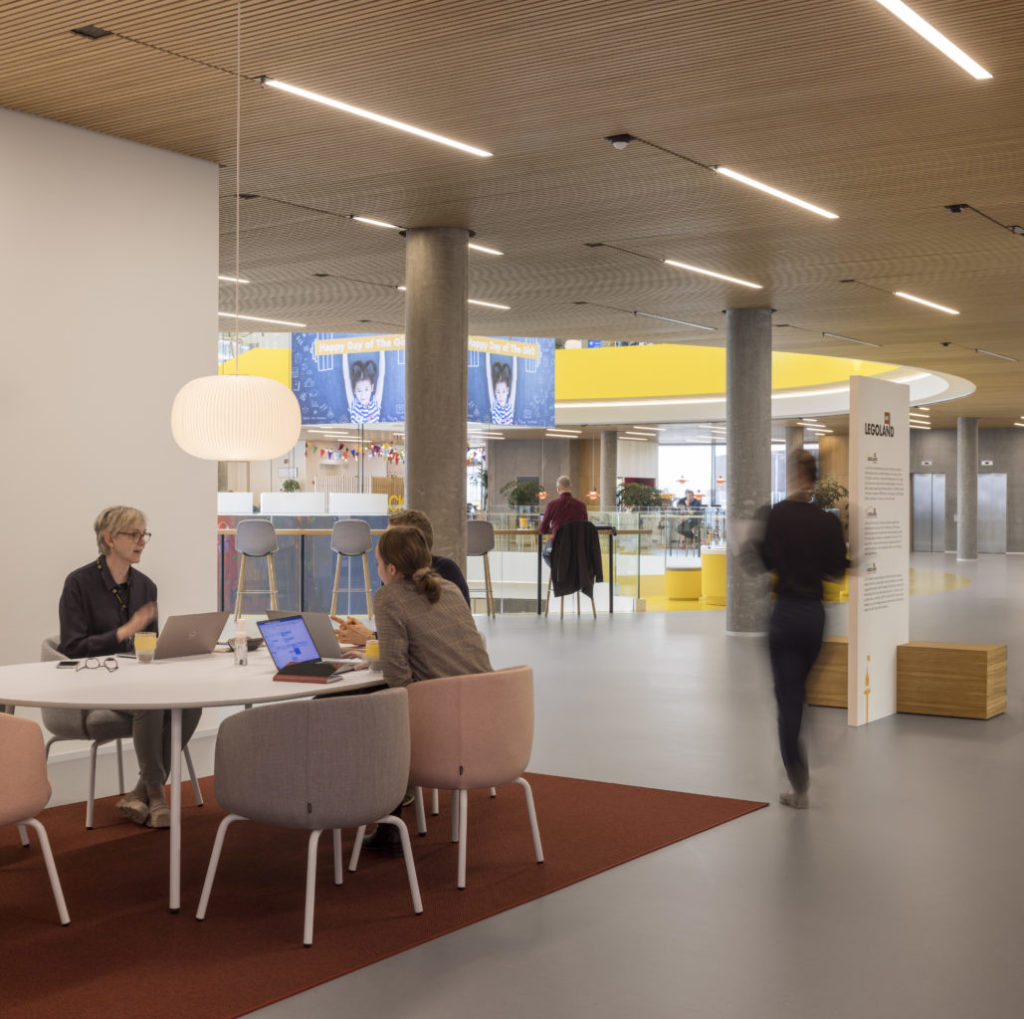Why ‘every company should copy’ LEGO’s approach to hybrid working
The LEGO Group’s approach to hybrid working has been hailed as a model for other companies to follow – and it’s all thanks to the design of its new LEGO Campus.
Opening its doors for the first time earlier this year, the new LEGO Campus building in Billund, Denmark is now home to 2,000 employees – but not all the time. The LEGO Group operates a three-word ‘best of both’ approach to hybrid working, and Inc writer Jason Aten says it’s ‘something every company should copy’.
In this post-pandemic world, the LEGO Group’s hybrid working strategy isn’t unique: like many other companies, including Google and Apple, it asks its employees to come into the office three days per week, and allows them to work remotely for the remaining two days. The difference in the LEGO Group’s approach is that it apparently considers the types of work its employees are doing, too – and offers them the best environment to fit particular roles or tasks.
“For example, an employee might be in the office a few days a week for collaboration and social interaction, or for group meetings that don’t work well on Zoom,” Aten explains. “Then, on the other days, he or she might work from home for focused time or individual virtual meetings. It’s not as much about the amount of time spent in different locations, but on the type of work you’re trying to accomplish.”
The LEGO Campus is designed with this approach in mind, consisting of a series of buildings – or ‘neighbourhoods’ – organised around a central atrium. Each neighbourhood contains different spaces for what the LEGO Group calls ‘activity-based working’, from desks and private ‘phone booths’ for individual staff, to varying degrees of larger rooms to accommodate meetings big and small.
There are no permanent workspaces, either: it’s effectively one giant hot-desking community, but with 1.5 spaces to work per employee – according to the company’s head of workplace experience Timothy Ahrensbach – employees will never struggle to find somewhere to work.

Aten says the LEGO Group’s model offers two key lessons: first, design spaces that are geared around the specific type of work an employee is doing. Second, explain how your strategy benefits your team: the LEGO Group reportedly frames its approach to its employees as the ‘best of both’, taking the greatest aspects of both remote and office working and meshing them together.
“The point is that you have the choice and flexibility to find a place to work in the office based on what you need to do,” Aten adds. “And, a few days a week, if the best place to get that work done is at home, you can do that too. It really is the best of both.”
Support the work thatBrick Fanaticsdoes by purchasing your LEGO using our affiliate links.
Author Profile
- I like to think of myself as a journalist first, LEGO fan second, but we all know that’s not really the case. Journalism does run through my veins, though, like some kind of weird literary blood – the sort that will no doubt one day lead to a stress-induced heart malfunction. It’s like smoking, only worse. Thankfully, I get to write about LEGO until then.
Latest entries
August 2024 sets26/07/2024LEGO Star Wars 75388 Jedi Bob’s Starfighter review
August 2024 sets26/07/2024LEGO Space gift-with-purchase rumoured to return in August 2024
News26/07/20242025 is now rumoured to be the year of LEGO Formula 1
News26/07/2024More details on rumoured LEGO Icons 10335 The Endurance











Since Lego adopted this approach they’ve had to recall and redesign a number of sets due to stability issues that weren’t picked up when they designed the sets at home on a computer.